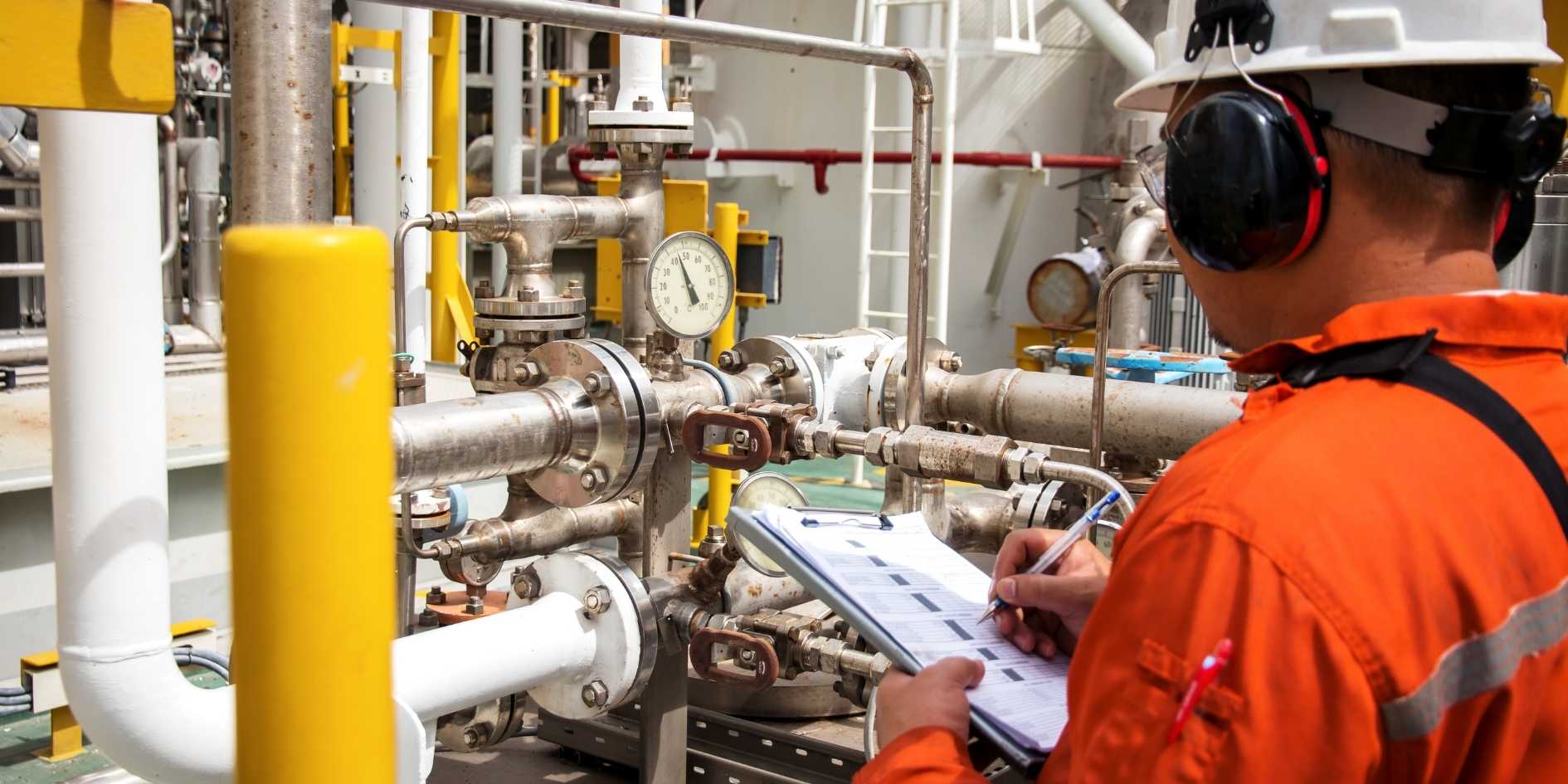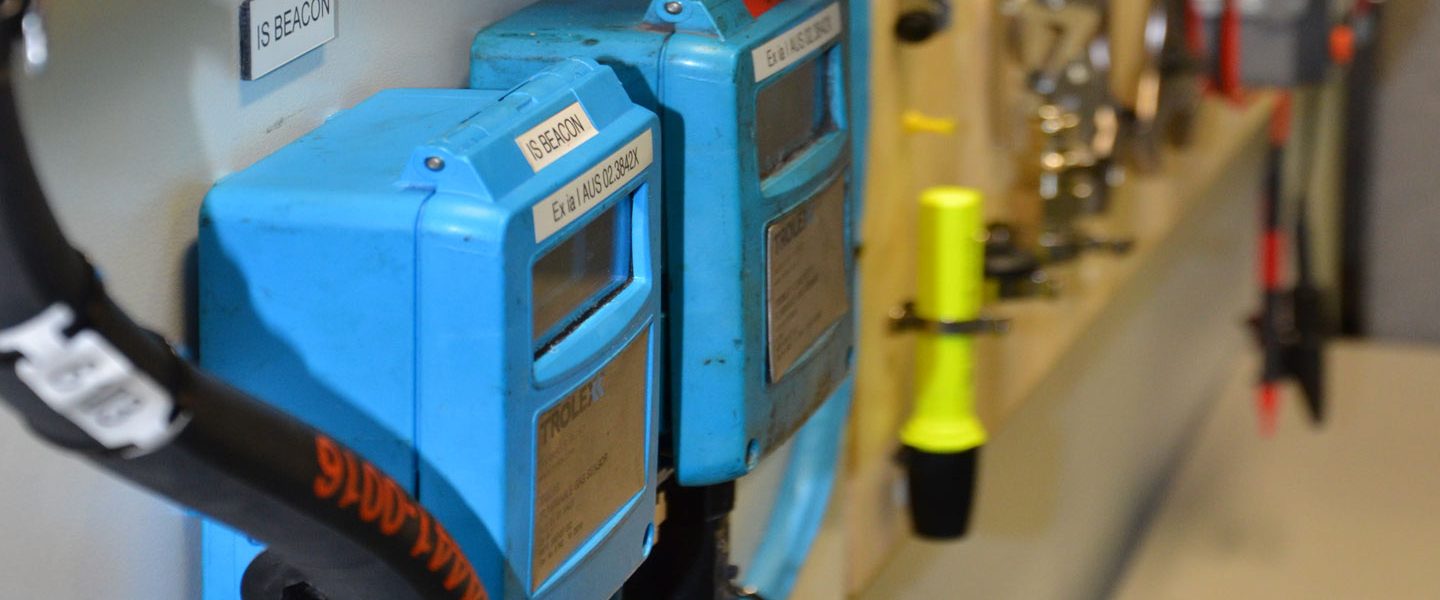Roar Solutions - Questions
Roar Solutions - Questions
Blog Article
Everything about Roar Solutions
Table of Contents3 Easy Facts About Roar Solutions ShownSome Of Roar SolutionsThe 15-Second Trick For Roar Solutions
In such an environment a fire or explosion is possible when 3 fundamental problems are satisfied. This is frequently referred to as the "unsafe location" or "combustion" triangular. In order to protect installations from a possible surge an approach of analysing and identifying a potentially hazardous location is required. The purpose of this is to make certain the appropriate selection and setup of devices to eventually prevent an explosion and to ensure safety and security of life.
(https://www.figma.com/design/4A7baTVvle9Yit65rIBitI/Untitled?node-id=0-1&t=PKjLsk7ODuPV6hjT-1)
No tools needs to be set up where the surface area temperature level of the equipment is higher than the ignition temperature of the given danger. Below are some usual dirt harmful and their minimum ignition temperature. Coal Dirt 380C 225C Polythene 420C (thaws) Methyl Cellulose 420C 320C Starch 460C 435C Flour 490C 340C Sugar 490C 460C Grain Dirt 510C 300C Phenolic Resin 530C > 450C Aluminium 590C > 450C PVC 700C > 450C Residue 810C 570C The probability of the risk being existing in a concentration high enough to cause an ignition will certainly differ from place to area.
Dangerous area electric tools perhaps made for use in higher ambient temperatures. Field Repair Service By Authorised Employee: Difficult screening might not be needed nonetheless certain procedures might require to be complied with in order for the devices to preserve its 3rd event score. Each piece of tools with a dangerous rating should be evaluated individually.
Roar Solutions for Dummies
The tools register is an extensive data source of equipment documents that includes a minimum collection of fields to identify each thing's location, technological specifications, Ex-spouse category, age, and ecological data. This details is crucial for tracking and handling the equipment successfully within hazardous locations. On the other hand, for periodic or RBI tasting assessments, the grade will certainly be a mix of Comprehensive and Close evaluations. The ratio of Detailed to Close assessments will certainly be established by the Tools Risk, which is examined based on ignition threat (the chance of a resource of ignition versus the likelihood of a flammable ambience )and the unsafe location category
( Zone 0, 1, or 2). This variant will certainly additionally affect the resourcing demands for job prep work. Once Whole lots are specified, you can develop tasting plans based upon the sample size of each Great deal, which describes the number of arbitrary equipment items to be evaluated. To identify the needed example size, 2 facets need to be evaluated: the dimension of the Whole lot and the classification of assessment, which suggests the degree of initiative that need to be applied( reduced, regular, or enhanced )to the evaluation of the Great deal. By incorporating the category of inspection with the Lot dimension, you can then establish the suitable denial standards for a sample, indicating the allowed variety of defective things discovered within that example. For more information on this process, please refer to the Energy Institute Standards. The IEC 60079 typical suggests that the maximum interval between evaluations need to not go beyond three years. EEHA examinations will certainly likewise be conducted beyond RBI projects as part of scheduled upkeep and tools overhauls or repairs. These examinations can be credited toward the RBI example sizes within the influenced Lots. EEHA evaluations are conducted to recognize faults in electric tools. A heavy racking up system is essential, as a solitary piece of devices may have multiple faults, each with differing degrees of ignition risk. If the mixed score of both assessments is much less than twice the mistake score, the Great deal is considered acceptable. If the Whole lot is still taken into consideration undesirable, it has to undergo a complete assessment or justification, which may activate stricter evaluation methods. Accepted Lot: The sources of any kind of mistakes are identified. If an usual failing setting is located, added devices might need inspection and repair work. Mistakes are classified by seriousness( Security, Stability, House cleaning ), making certain that urgent concerns are examined and attended to quickly to mitigate any effect on security or operations. The EEHA data source ought to track and tape-record the lifecycle of mistakes along with the rehabilitative actions taken. Carrying out a durable Risk-Based Assessment( RBI )technique is important for guaranteeing compliance and safety and security in taking care of Electrical Equipment in Hazardous Areas( EEHA) (Roar Solutions). Automated Mistake Scoring and Lifecycle Management: Effortlessly take care of mistakes and track their lifecycle to boost inspection accuracy. The introduction of this assistance for risk-based assessment better enhances Inspectivity's placement as a best-in-class remedy for regulatory conformity, in addition to for any asset-centric inspection use situation. If you are interested in learning much more, we welcome you to request a demonstration and find how our option can change your EEHA administration procedures.
Facts About Roar Solutions Uncovered

In regards to eruptive risk, a harmful location is an environment in which an explosive environment is existing (or might be anticipated to be existing) in amounts that call for unique precautions for the construction, setup and use of tools. eeha certificate. In this article we discover the obstacles dealt with in the office, the danger control steps, and the required competencies to function securely
It issues of modern life that we make, save or deal with a variety of gases or liquids that are regarded flammable, and an array of dirts that are considered flammable. These materials can, in specific problems, develop eruptive ambiences and these can have major and terrible effects. Many of us are familiar with the fire triangle remove any type of one of the 3 elements and the fire can not occur, but what does this mean in the context of hazardous locations? When breaking this down into its easiest terms it is essentially: a combination of a certain amount of launch or leakage of a certain substance or material, blending with ambient oxygen, and the presence of a resource of ignition.
In the look what i found majority of circumstances, we can do little concerning the levels of oxygen airborne, yet we can have substantial influence on resources of ignition, for example electrical devices. Harmful areas are recorded on the hazardous location category illustration and are determined on-site by the triangular "EX" indicator. Below, amongst various other crucial information, areas are split into three kinds depending on the danger, the chance and duration that an eruptive environment will exist; Zone 0 or 20 is considered the most unsafe and Area 2 or 22 is deemed the least.
Report this page